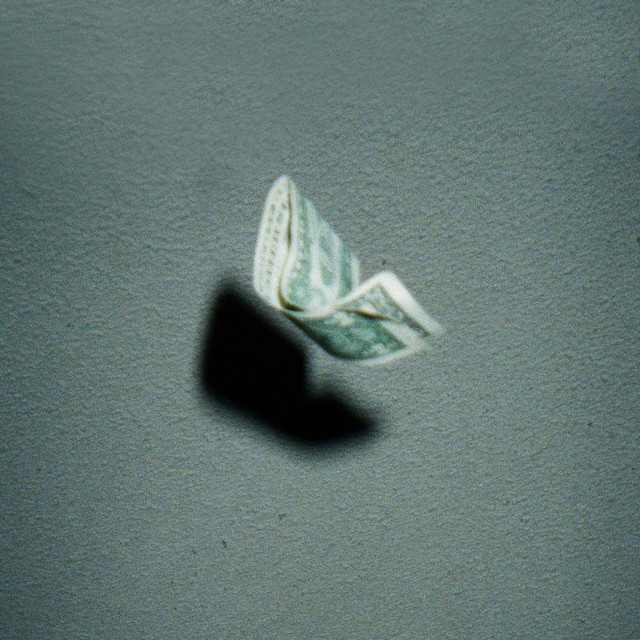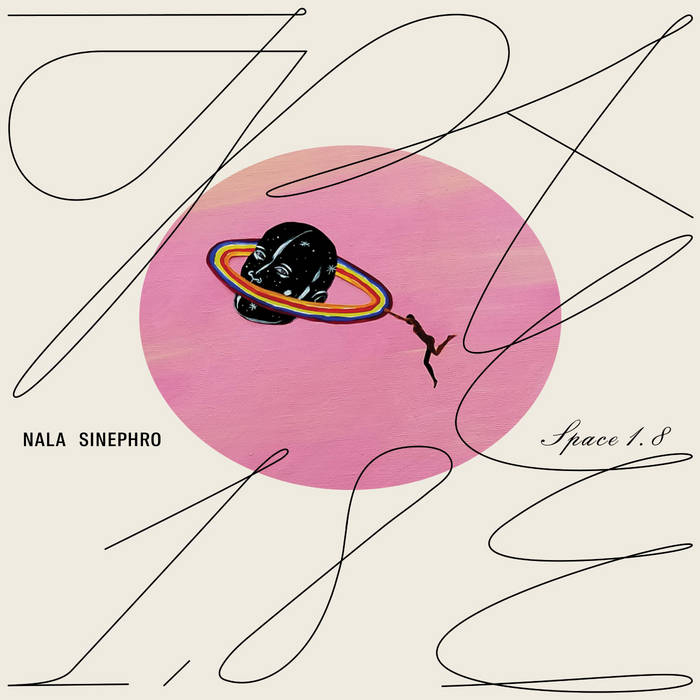JIIN is something of a digital wraith.
All I can find on this man is that he’s from Toronto. And that’s from a VICE interview from 2015.
He’s only got a few projects out, most of which are singles, but there is one that is very special: his 2015 EP, called “Cult Hymns.”
I originally found “Cult Hymns” in 2021, if memory serves, and it was sticky limerence at first listen. I remember I first became enamored with the concept of digital dystopia then (you know when you spend so much time being afraid of something, how it starts to become comforting?) as I was just about drowning in literature about class struggles and rotting social structures, transhumanist visual culture and desolate electronic ambience.
So, “Cult Hymns” was a perfect addition to that arsenal.
There are seven tracks, two of which feature R&B artist Daniel Caesar. The first track, “Brothers,” starts the EP off in unsettled whispers and a sustained synth that sounds a bit like a siren. They trickle off into flickers that, to me, seem to resemble city lights reflected in a polluted body of water.
In that VICE interview I mentioned, JIIN talks about being inspired by “The Sword of Doom,” a samurai movie from 1966 and “Akira,” the 1988 Japanese cyberpunk film, among other things. “Every time I watch something, I automatically soundtrack it in my mind, and vice versa. It can be a voice note or a weird thing I watched years ago. Probably why I can never sleep,” he says.
The next track on the EP is “Cult Logic,” a song that sounds like it would be played when the world ends; a thoughtful “Congratulations, it was all for nothing!” The song is disturbingly upbeat for its premise and speaks of feeling trapped in something, presumably a messy love whose time is up:
Eyes in paradise falls
One more rock for the mockingbird call
The sun rises up for me
Isn't what you showed to me
Let the water wash away your sin
The third song on the EP, “F***ed Up,” features Daniel Caesar. On it, Caesar lazily sings about being alone once more, getting caught up in women, work, and drugs to fill the void of a lost lover. JIIN’s production makes the intro to this one promising, but I’m honestly not the biggest fan of Caesar’s vocals against the music.
The fourth track, “Bury Me in Money,” is a fuzzy pool of chants and bass that throbs like a headache. After it is “Pole Dancer,” which bears samples of a koto and a synth so distorted it sounds like a scream. Both tracks are instrumental, contributing something a little trashy to this late-stage capitalist nightmare of a soundscape JIIN has created.
The last two tracks on “Cult Hymns” are my personal favorites: “God,” featuring Daniel Caesar and “Fell Thru,” another instrumental.
“God” is so eerie and suffocating at times; Caesar sings about succumbing to isolation as “Cult Hymns” comes to a climax. It sounds like a breaking point as he begs for affection. Bestrewed throughout the song is classic symptoms of madness: sounds of furious scribbles and pages being torn from a book. Makes you feel like you’re right there with him.
Then lastly, but definitely not least, is “Fell Thru.”
This song is a wasteland. It’s barren and beautiful, and I save it for the quietest hours of the night. I find something about it so tender, in the midst of its empty space and crumbling architecture. It’s unclear what’s being sung, but it sounds both like a “thank you” and a “goodbye.” It’s been a soundtrack to many a late night over the years, and I’m so glad to have unearthed it again.
Perhaps knowing so little about JIIN and his intentions for his work is what makes “Cult Hymns” such a treat. It allows you to make sense of the bleakness for yourself, deciding what each of the songs could be about, if at all; it’s equally nice to sit with it for what it is, too, letting the abyss do the talking.
love & disco & desolation,
dirty chai <3













